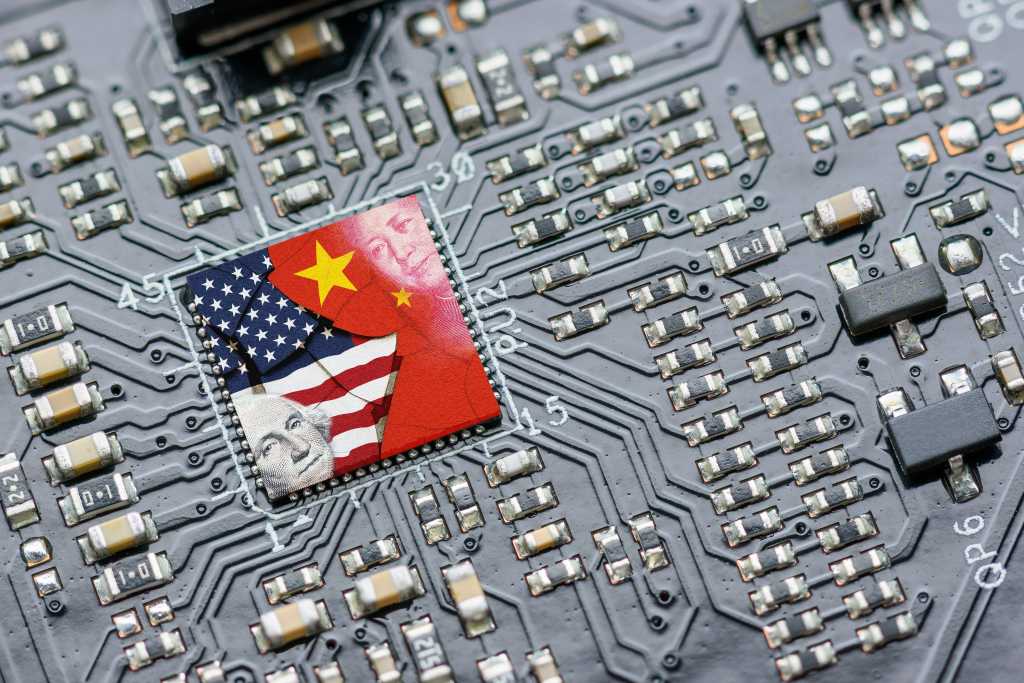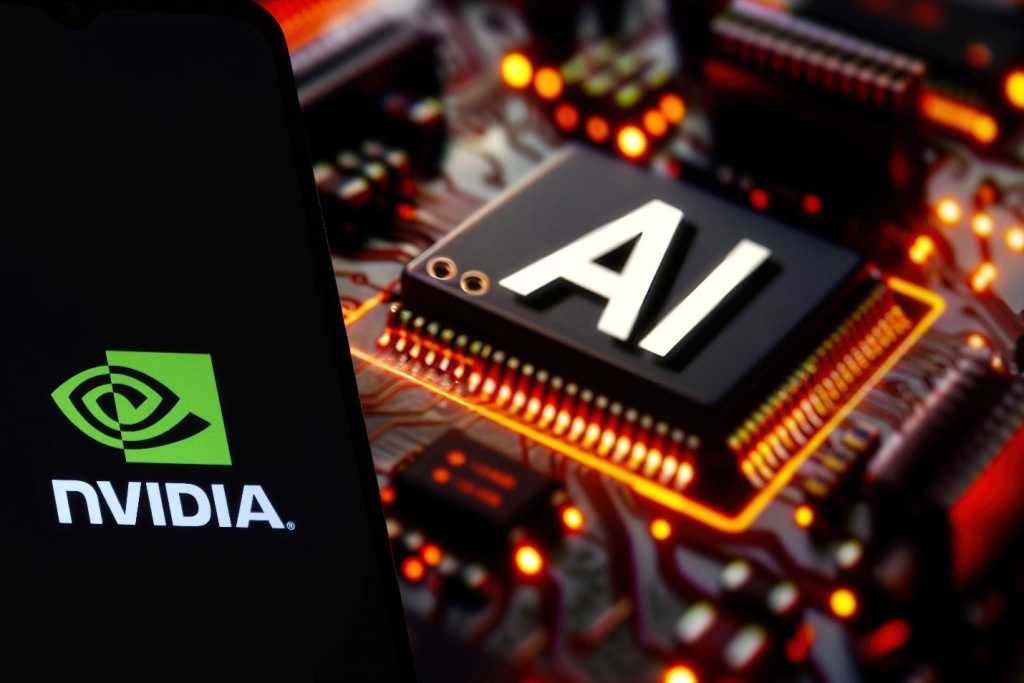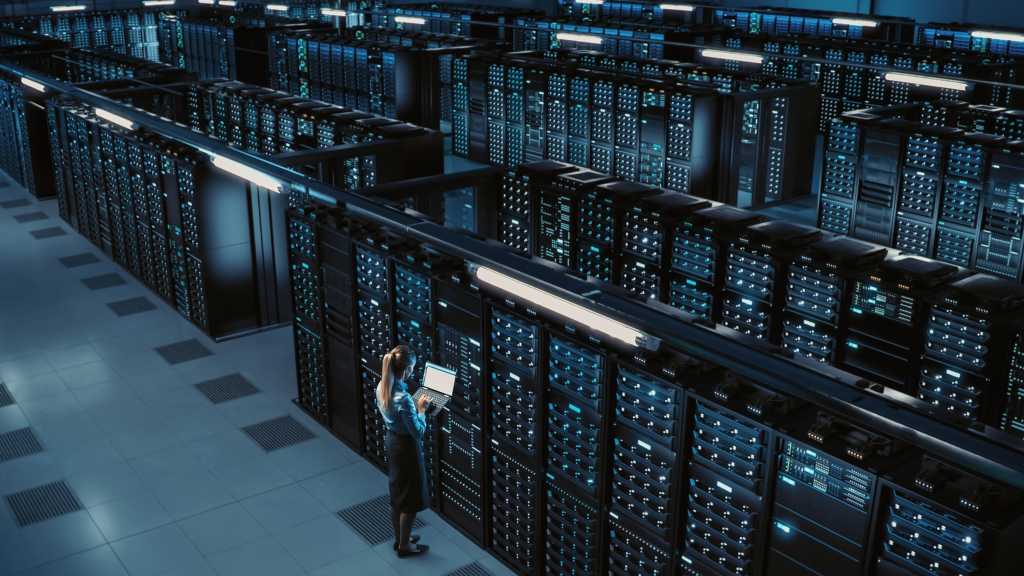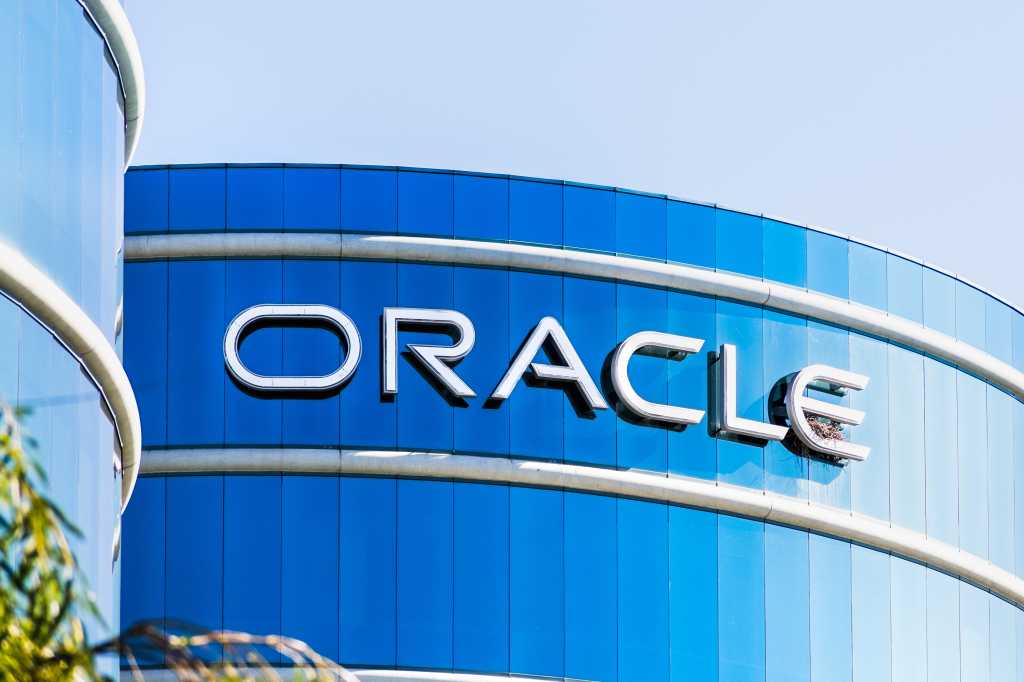
Collin Smith is a regulatory affairs manager at Leap, a company that helps distributed energy resources participate in wholesale markets.
California’s electricity prices are skyrocketing. In October, Gov. Gavin Newsom issued an executive order aimed at tackling this issue, calling for the California Public Utilities Commission to evaluate the cost-effectiveness of ratepayer-funded programs and determine where program spending may be outstripping those programs’ benefits. Among the trends worth scrutinizing is the state’s increasing shift towards utility-run supply-side demand response programs.
In 2015, California sub-divided its DR programs, creating a class of programs known as “supply-side DR,” or SSDR. This class of programs allowed DR aggregators to bid demand-side resources directly into California’s wholesale market and earn capacity payments through its Resource Adequacy program.
The logic was simple: both energy prices in the wholesale market and capacity prices in RA are determined by the laws of supply and demand, producing the most cost-effective pricing for these respective energy products. As a result, using these mechanisms to procure DR resources would naturally direct California’s load-serving entities to procure the least-cost options, supporting California’s longstanding goal of developing DR programs that can cost-effectively meet the needs of the grid.
Who pays the price of a program?
Over the last decade, third-party DR providers, or DRPs, have begun participating directly in these markets at scale, but California also allows investor-owned utilities to participate via their own SSDR programs. However, unlike third-party DRPs, the costs for IOU-run programs are largely divorced from market dynamics. Administrative costs for third-party DRPs are covered by their balance sheets, so they cannot be higher than what those DRPs can recover from the market. By contrast, administrative costs for IOU-run programs are recovered directly from ratepayers, so their costs can be whatever the IOU says it needs to run them.
These administrative costs can be significant. For example, Pacific Gas & Electric’s costs for implementing its legacy Capacity Bidding Program in 2024-27 were 9% of its overall CBP budget for those years. The administrative costs for its new Automated Response Technology program (approved in 2023) were even higher, coming in at 12% of the program’s budget. The difference is even larger in objective terms, because ART has a larger budget overall due to the higher incentives it pays participants.
In total, PG&E is approved to spend $4.76 million in administrative costs over the first four years of ART, more than twice the $2.35 million allocated for CBP over the same period — despite the fact that ART’s load reduction is expected to be roughly the same as CBP’s. Yet, just one year after ART was approved, PG&E requested an additional $1.97 million to expand its CBP program to serve the same customer base targeted by ART. It’s clear that PG&E’s recent proposals are increasing costs to customers; what’s less clear is whether the benefits of these programs are keeping pace.
Moving in the wrong direction
While it’s reasonable for IOUs to seek funding for programs that benefit their customers, rising electricity costs make it critical to ensure these budgets align with actual needs. Already, there’s evidence that this is not the case. For example, PG&E stated that it could fully fund the expansions to its CBP programs with unspent funds from its original budget. Although it’s great that this expansion wouldn’t further increase rates, why was so much of the budget unspent in the first place? And would it not be better to return these unspent funds to customers as a bill credit, as Gov. Newsom requested in his executive order?
The fact is that, because IOU costs aren’t subject to market forces, there’s a greater risk that their costs are higher than needed. Despite this, CPUC policy has steadily been pushing more customers to choose IOU-run SSDR programs over third-party options. Recent CPUC decisions have tied lucrative incentives like Automated DR and the Self-Generation Incentive Program to participation in CBP or certain IOU tariffs, despite the fact that third party options provide similar (if not greater) support to the grid. In fact, the reason PG&E proposed expanding its CBP program in the first place was to accommodate SGIP recipients that were unable to enroll in a DR program that fit the CPUC’s narrow list of “qualified” options.
In the past, the CPUC has worked to maintain a level playing field between third-party and IOU run SSDR programs, recognizing that greater customer choice is an important component of a cost-effective DR sector. But in a December 2023 decision, the CPUC walked back this principle, stating that “any actions that are meant to prop up the third-party DRPs vis-à-vis the IOUs must also provide cost-effective benefits to ratepayers.” The focus on cost-effectiveness is correct, but the logic is backward. Third-party DRPs are funded by their shareholders and are already subject to competitive pressures that keep their costs low. It’s IOU programs that are required to justify their costs to ratepayers.
Open competition naturally pushes costs down, a principle that is as applicable to DR as it is to other sections of the economy. California, however, is currently moving in the opposite direction with incentive policies that favor IOUs over third-party DRPs. This pushes customers into DR programs with less accountable cost structures and ultimately requires IOUs to request more ratepayer funds to expand these programs. If the intent of Gov. Newsom’s executive order was to tamp down costs from ratepayer-funded programs, current CPUC policy is doing the opposite.





















